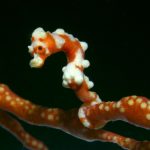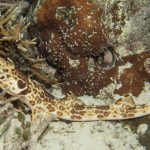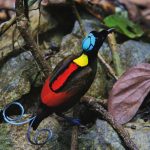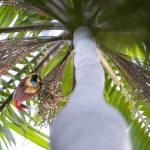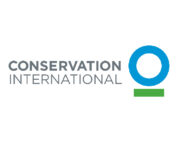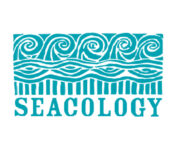ARCHIPELAGO
In 1860, Alfred Russell Wallace wrote in his book The Malay Archipelago that “this region enjoys a climate more uniformly hot and moist than almost any other part of the globe, and teems with natural productions which are elsewhere unknown”, referring to the regions we know now, as Malaysia and Indonesia.
Wallace, A. R. (1896). The Malay Archipelago. Macmillan
During his travels in the Malay Archipelago, he discovered many new species of which some endemic to this part of the world. Not only above but also underwater seems to be teeming. Parts of this region nowadays are being titled ‘Coral Reef Paradise’, National Geographic (2010). Zooming into this area, also known as the Coral Triangle, we find the Raja Ampat.
The Raja Ampat is located northwest off the tip of the Bird’s Head Peninsula on the island of New Guinea, in Indonesia’s West Papua province. This archipelago comprises over 1,500 islands with four main islands named Batanta, Misool, Salawati, and Waigeo, and lots of smaller islands like Fam and Wayag. In total the area encompass more than 46,296 km2 of land and sea. The name of the archipelago comes from local mythology that tells about a woman who finds seven eggs. Four (Empat/Ampat in Indonesian) of the seven eggs hatch and become kings (Raja in Indonesian) that occupy the four main islands. The other three eggs become a ghost, a stone, and a woman.
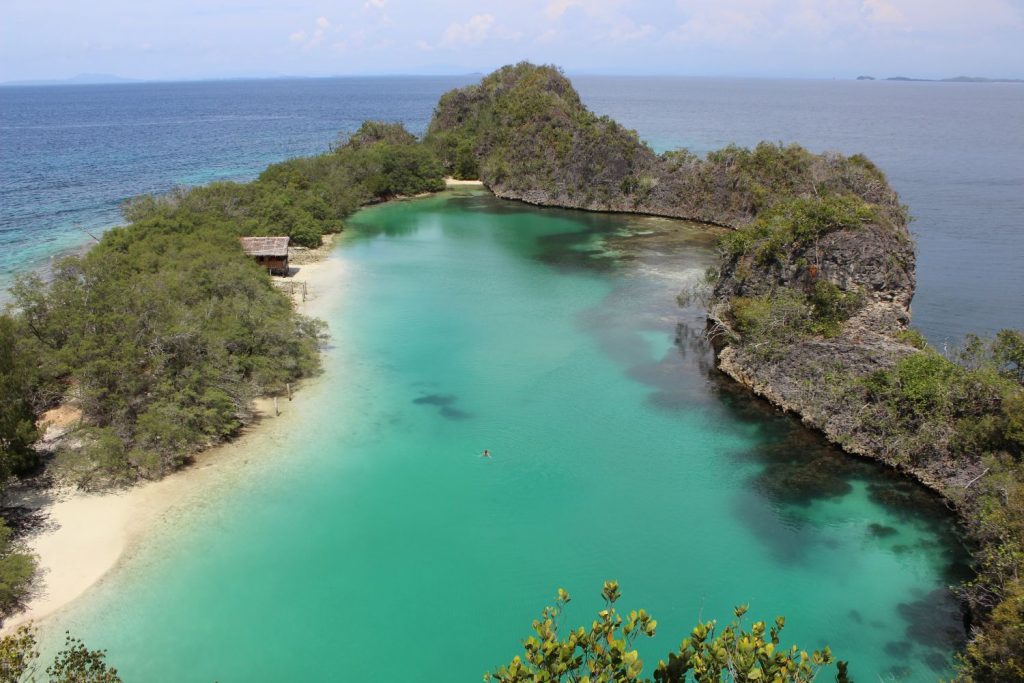
The Raja Ampat is famous for her unprecedented biodiversity in flora and fauna. It harbours the richest reefs with coral and fish on earth. Scientists have discovered unknown species during the last few years. Worthy of mentioning is the Denise’s Pygmy seahorse (Hippocampus Denise) described in 2003, the Epaulette shark (Hemiscyllium Galei), discovered in 2006, and most recently in 2013 several new species of the rainbow fish were found in the Kumawa region, of which one species is newly described as Melanotaenia Sneiderii. Furthermore the islands are famous for their insects species and endemic bird species, such as the wonderful Birds-of-Paradise.
According to McKenna, Allen, and Suryadi, “the centre of coral biodiversity”, in their Rapid Assessment Program called ‘A Marine Rapid Assessment of the Raja Ampat Islands, Papua Province, Indonesia’ conducted in 2002. Knowing this it might not seem to be a surprise that in 2001 Dr. G.R. Allen set the world record for fish diversity during a single dive at 283 species on Cape Kri, located in the center of the Raja Ampat. This is the reef right in front of the office of the Raja Ampat Research & Conservation Centre. Continuing the work of conservation and education proves to be successful, as in 2012, Dr. G.R. Allen repeated his 2001 dive, and broke the record of that time by 91 species to 374 different species of fish counted in a single dive.
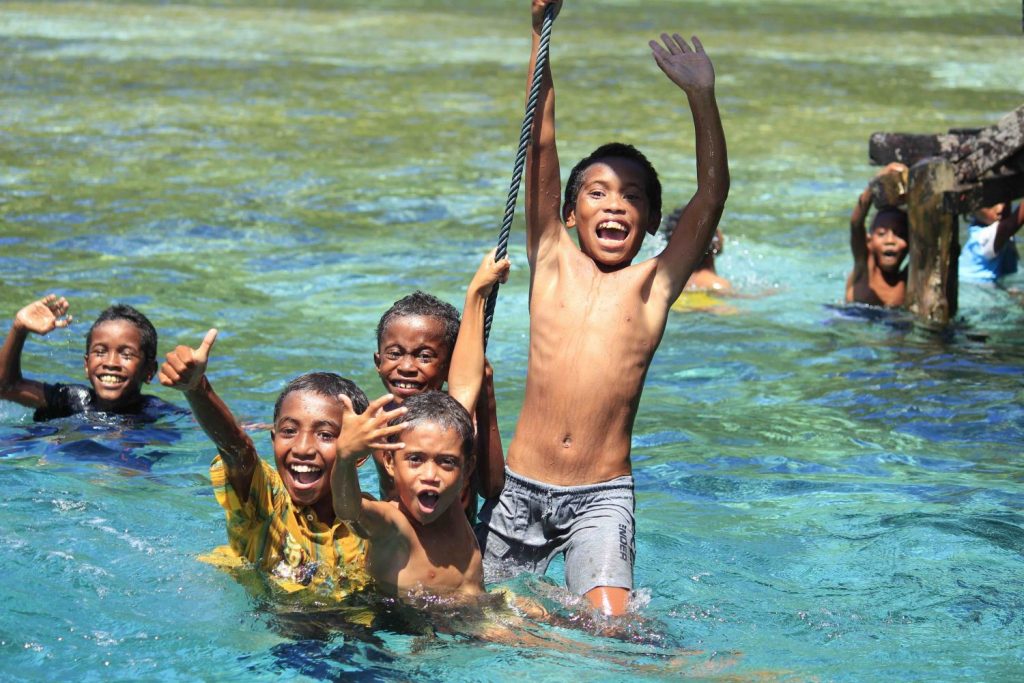
Within the Raja Ampat the indigenous communities consist mainly out of Papuans. The Papuans are the native people of the mainland of New Guinea and neighbouring island consisting of Papua New Guinea and the Indonesian provinces Papua and West Papua. Nowadays it is approximated that there are nearly a thousand different tribal groups and around 800 different languages, making this part the most linguistically diverse area of the world. In the Raja Ampat the people do not only speak Indonesian, but also their local Papuan language, Biak Papuan. Nowadays many Papuans are Christian (Protestant, Roman Catholic) or Animistic.
Read the paper “Raja Ampat in Review” written by Jasmine E. Kammeyer.



